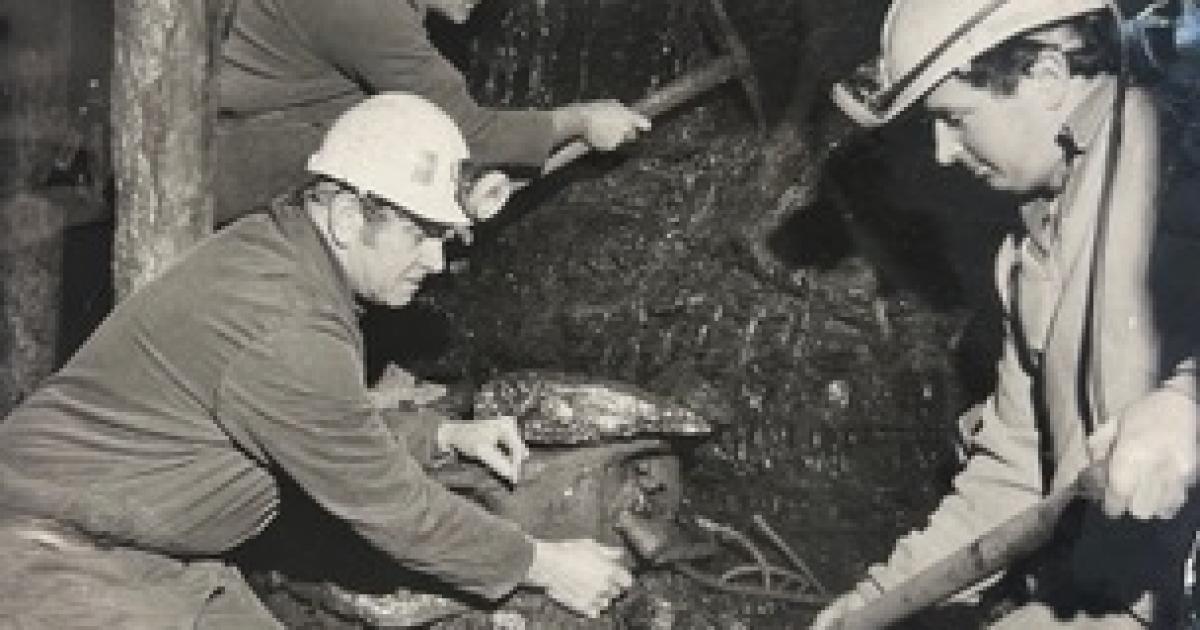The coal was transported from Gwent Valleys to Newport Docks where Newport exported it internationally, contributing to the peak output of 36 million tons of coal in 1913.
This year marks 40 years since the miners’ strikes in 1984 – 1985.
Under Margaret Thatcher’s government, the National Coal Board wanted to close 20 pits that it deemed unprofitable. The National Union of Mineworkers declared a national strike on 12th March 1984.
In March 1985, nearly 20,000 south Wales miners returned to work a year on from when the strikes started.
The number of coal pits fell from 35 in 1980 to just 5 in 1990. With that, the numbers of miners sunk from 28,000 to 6,000
Alongside the closures to coal mines, the number of people unemployed rose to 86,000 in 1990 – the year that Margaret Thatcher left office.
After the mines closed, it was estimated that 41 jobs were created for every 100 miners. The effects of the harsh mine closures are still felt in some communities today.
Take a look at some striking images of life working in the mines, from our archives, below.
This year marks 40 years since the mining strikes in 1984 – 1985 (Image: NQ)
Poverty and despair increased the pressure for workers to go back to the mines. (Image: NQ)
Markham Colliery, Caerphilly was closed by the National Coal Board in September 1985. (Image: NQ)
Marine Colliery in the Valleys of Gwent closed in March 1989 by British Coal with the loss of 758 jobs. (Image: NQ)
Deep Navigation Colliery, Treharris closed in 1991, forcing 400 workers into unemployment. (Image: NQ)
After the mines closed, it was estimated that 41 jobs were created for every 100 miners. (Image: NQ)
Mining was at the heart of South Wales for many years (Image: NQ)
